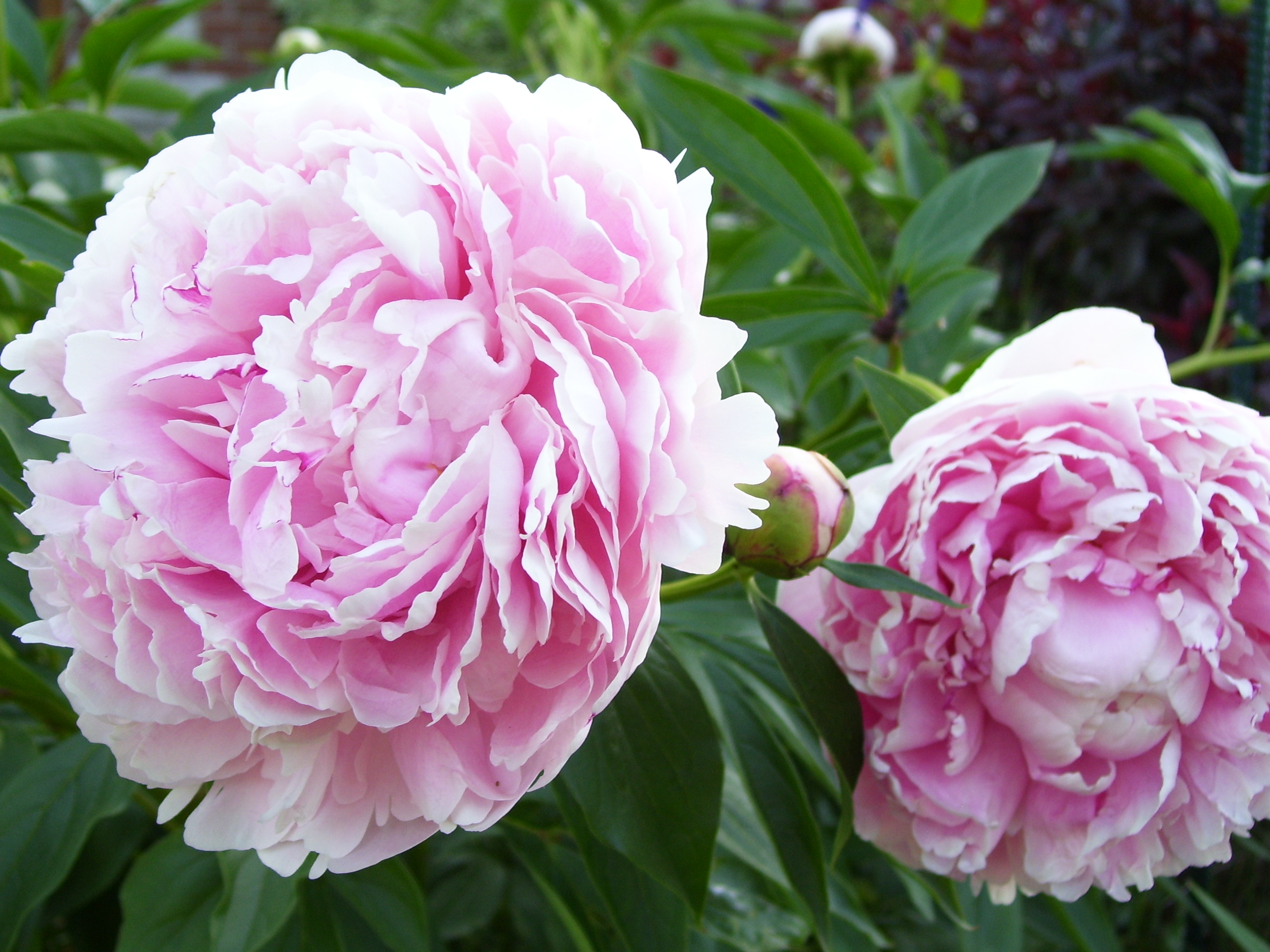|
1,3,6-Trigalloyl Glucose
1,3,6-Trigalloyl glucose is a gallotannin. It can be found in ''Paeonia lactiflora'' and ''Terminalia chebula ''Terminalia chebula'', commonly known as black- or chebulic myrobalan, is a species of ''Terminalia'', native to South Asia from India and Nepal east to southwest China (Yunnan), and south to Sri Lanka, Malaysia, and Vietnam.Flora of China''Term ...''. References Gallotannins {{aromatic-stub ... [...More Info...] [...Related Items...] OR: [Wikipedia] [Google] [Baidu] |
Gallotannin
A gallotannin is any of a class of molecules belonging to the hydrolysable tannins. Gallotannins are polymers formed when gallic acid, a polyphenol monomer, esterifies and binds with the hydroxyl group of a polyol carbohydrate such as glucose. Metabolism Gallate 1-beta-glucosyltransferase uses UDP-glucose and gallate to produce UDP and 1-galloyl-beta-D-glucose. Beta-glucogallin O-galloyltransferase uses 1-O-galloyl-beta-D-glucose to produce D-glucose and 1-O,6-O-digalloyl-beta-D-glucose. Beta-glucogallin-tetrakisgalloylglucose O-galloyltransferase uses 1-O-galloyl-beta-D-glucose and 1,2,3,6-tetrakis-O-galloyl-beta-D-glucose to produce D-glucose and 1,2,3,4,6-pentakis-O-galloyl-beta-D-glucose (1,2,3,4,6-penta-O-galloyl-β-D-glucose, the common precursor of gallotannins and the related ellagitannins). Tannase is a key enzyme in the degradation of gallotannins that uses digallic acid and H2O to produce gallic acid. See also * List of antioxidants in food This is a list of ... [...More Info...] [...Related Items...] OR: [Wikipedia] [Google] [Baidu] |
Paeonia Lactiflora
''Paeonia lactiflora'' (Chinese peony, Chinese herbaceous peony, or common garden peony) is a species of herbaceous perennial flowering plant in the family Paeoniaceae, native to central and eastern Asia from eastern Tibet across northern China to eastern Siberia. Description It is tall and broad, with 9-lobed leaves long. The flower buds appear in late spring (May in the Northern Hemisphere). They are large and round, opening into fragrant, cup- or bowl-shaped flowers in diameter, with 5–10 white, pink, or crimson petals and yellow stamens. The plant attracts butterflies. Its habitats include dry open stony slopes, riverbanks and sparse woodland edges. Background ''Paeonia lactiflora'' was known as the white peony (''P. albiflora'') when first introduced into Europe. It was brought to England in the mid-18th century, and is the parent of most modern varieties. It has been grown as an ornamental in China since the 7th century. The Latin specific epithet ''lactiflora'' me ... [...More Info...] [...Related Items...] OR: [Wikipedia] [Google] [Baidu] |
Terminalia Chebula
''Terminalia chebula'', commonly known as black- or chebulic myrobalan, is a species of '' Terminalia'', native to South Asia from India and Nepal east to southwest China (Yunnan), and south to Sri Lanka, Malaysia, and Vietnam.Flora of China''Terminalia chebula''/ref> In India, it is known as "Harad" in Hindi and Urdu, "Kadukkai" in Tamil, "Hirada" in Marathi, "Hilikha" in Assamese and "Horitoky" in Bengali. Taxonomy Swedish naturalist Anders Jahan Retzius described the species. Many varieties are known, such as: *''T. c.'' var. ''chebula'' – leaves and shoots hairless, or only hairy when very young *''T. c.'' var. ''tomentella'' – leaves and shoots silvery to orange hairy Description ''Terminalia chebula'' is a medium to large deciduous tree growing to tall, with a trunk up to in diameter. The leaves are alternate to subopposite in arrangement, oval, long and broad with a petiole. They have an acute tip, cordate at the base, margins entire, glabrous above with a ... [...More Info...] [...Related Items...] OR: [Wikipedia] [Google] [Baidu] |

_fruits.jpg)